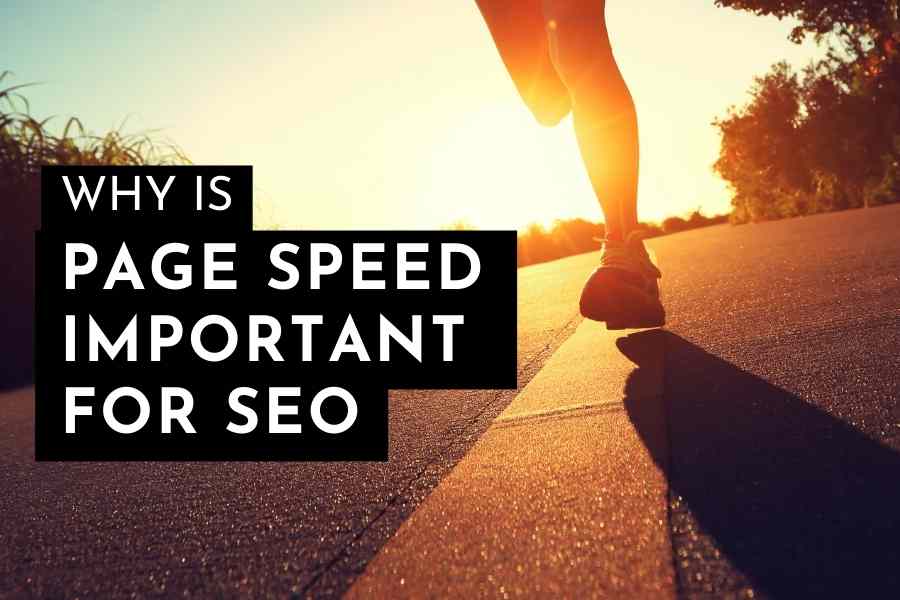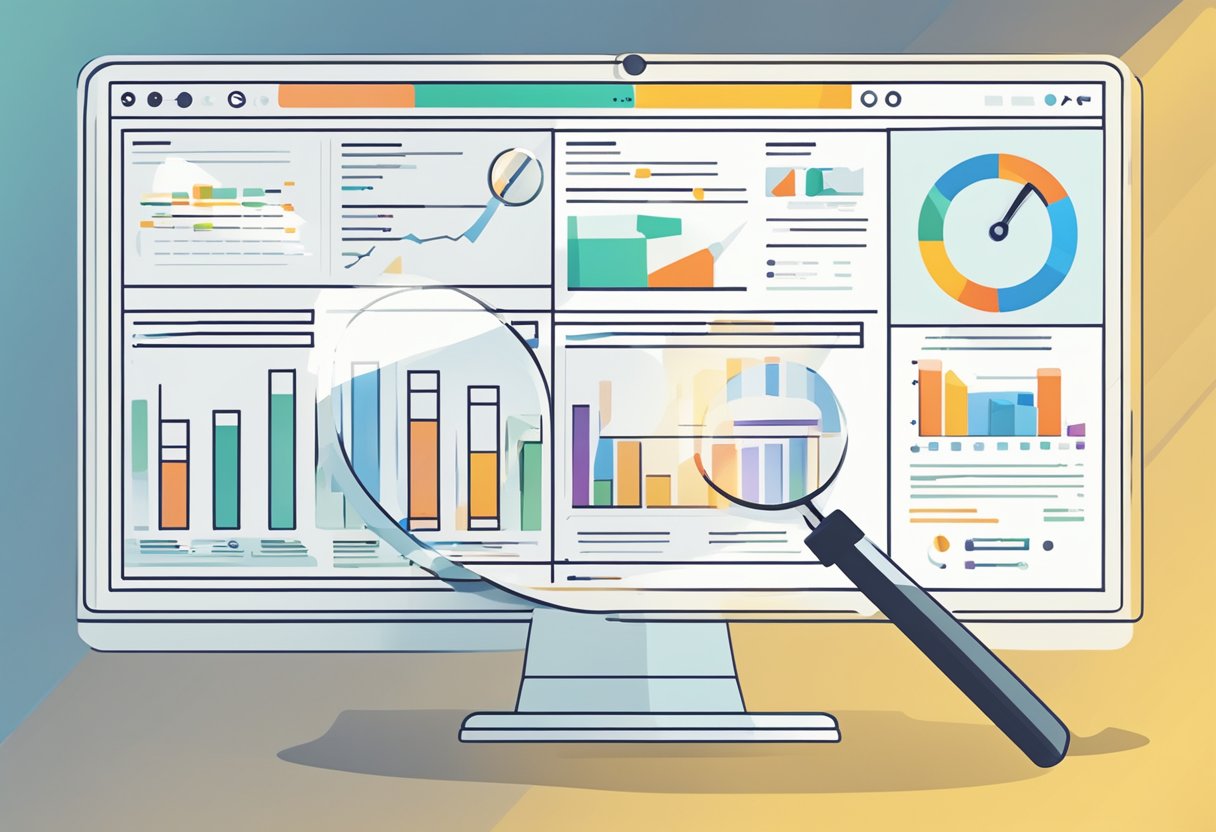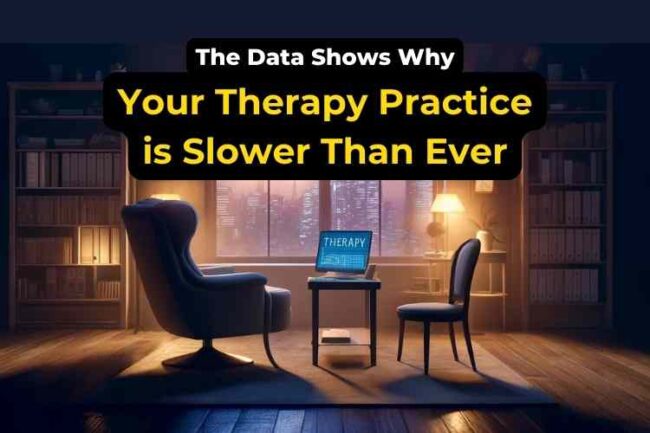Page speed is one of the most important factors in search engine optimization (SEO).
It refers to the amount of time it takes for a website to load completely. A fast-loading website is not only crucial for a great user experience, but it also plays a significant role in improving your website’s search engine rankings. This article will answer the question: “How Does page speed affect SEO?”
When you click on a link and a website takes too long to load, it can be frustrating. Most internet users expect websites to load quickly, and if they don’t, they will likely leave the site and go to a competitor’s website. This is why page speed is essential for user experience.
In addition to user experience, page speed is also a crucial search engine ranking factor. Google has stated that page speed is one of the factors that determine how high a website ranks in search engine results pages (SERPs). This means that a slow-loading website will likely rank lower in SERPs, which can negatively impact your website’s traffic and revenue.
Impact of Page Speed on User Experience
When it comes to user experience, page speed plays a crucial role in determining how users interact with your website and how does page speed affect SEO. A slow-loading page can be frustrating for users and can lead to a poor user experience. This can result in users leaving your site before they have even had a chance to engage with your content.
Bounce Rate and Engagement
One of the key metrics that is affected by page speed is the bounce rate. Bounce rate is the percentage of users who leave your website after viewing only one page. According to Kissmetrics, if a page takes longer than three seconds to load, over a quarter of users will click away and choose a different search result. This means that if your website takes too long to load, you could be losing a significant number of potential customers.
In addition to bounce rate, page speed also affects engagement. Users are more likely to engage with your website if it loads quickly. This can lead to longer average time on page and a higher number of page views per session. This is important because the more engaged users are with your website, the more likely they are to convert into paying customers.
Conversion Rates and Revenue
Another important metric that is affected by page speed is conversion rates. Conversion rate is the percentage of users who take a desired action on your website, such as making a purchase or filling out a contact form. According to Google, a one-second delay in page load time can result in a seven percent decrease in conversions. This means that if your website takes too long to load, you could be losing potential customers and revenue.
In addition to conversion rates, page speed can also affect revenue. A faster website can lead to increased revenue because users are more likely to engage with your content and convert into paying customers. This means that investing in improving your website’s page speed can have a significant impact on your bottom line.
In summary, page speed has a significant impact on user experience, bounce rate, engagement, conversion rates, and revenue. By investing in improving your website’s page speed, you can improve the overall user experience and increase your chances of converting visitors into paying customers.
How Does Page Speed Affect SEO Ranking Factors?
https://www.youtube.com/watch?v=Fx0ks8KDj2s&embed=true
When it comes to search engine optimization (SEO), there are many factors that can influence your website’s ranking on search engine results pages (SERPs). One of the most important factors is how does page speed affect SEO. Google has been using page speed as a ranking factor since 2010.
Google’s Page Experience Signals
In 2021, Google introduced a new set of ranking signals called the “Page Experience Signals”. These signals are designed to measure how users perceive the experience of interacting with a web page. One of the most important signals in this set is page speed. If your website loads slowly, it can negatively impact your rankings on Google’s SERPs.
Mobile Optimization and Speed
With more and more people accessing the internet on mobile devices, mobile optimization has become increasingly important. Google has recognized this trend and has started using mobile page speed as a ranking factor. This means that if your website is not optimized for mobile devices and loads slowly on smartphones and tablets, it can negatively impact your rankings on mobile search results.
To ensure that your website is optimized for mobile devices, you should use responsive design, which allows your website to adapt to different screen sizes and resolutions. You should also use tools like Google’s PageSpeed Insights to test your website’s mobile performance and identify areas for improvement.
In conclusion, page speed is a critical factor in SEO because it affects both desktop and mobile rankings. By optimizing your website’s page speed, you can improve your search engine rankings and provide a better user experience for your visitors.
Technical Aspects of Page Speed Optimization
When it comes to optimizing page speed, there are several technical aspects that you need to consider. In this section, we will discuss two important technical aspects of how does page speed affect SEO optimization: server response times and resource loading and rendering.
Server Response Times
Server response time is the time it takes for your server to respond to a request from a user’s browser. A slow server response time can significantly slow down your website, which can lead to a poor user experience and lower search engine rankings.
To improve your server response time, you can do the following:
- Use a reliable web hosting service that offers fast servers and high uptime.
- Optimize your website’s code and database to reduce the amount of time it takes to generate a response.
- Use a content delivery network (CDN) to distribute your website’s content across multiple servers, which can reduce the load on your main server and improve response times.
Resource Loading and Rendering
Resource loading and rendering refer to the process of loading and displaying the various resources that make up your website, such as images, CSS files, and JavaScript files. Slow loading times for these resources can also significantly slow down your website.
To improve resource loading and rendering times, you can do the following:
- Optimize your images by compressing them and reducing their file size without sacrificing quality.
- Minify your CSS and JavaScript files to reduce their file size and improve loading times.
- Use asynchronous loading for non-critical resources to prevent them from blocking the rendering of your page.
By optimizing these technical aspects of page speed, you can improve your website’s speed and provide a better user experience, which can lead to higher search engine rankings and increased traffic to your website.
Tools and Metrics for Page Speed Analysis
Core Web Vitals
Core Web Vitals are a set of metrics introduced by Google to measure the user experience of a website. These metrics include Largest Contentful Paint (LCP), First Input Delay (FID), and Cumulative Layout Shift (CLS). LCP measures the loading performance of a website, FID measures the interactivity of the website, and CLS measures the visual stability of the website. These metrics help website owners to understand how well their website performs in terms of user experience and page speed.
To check your website’s Core Web Vitals, you can use Google’s PageSpeed Insights, which provides a report on your website’s performance, including LCP, FID, and CLS. The report also provides suggestions on how to improve your website’s performance.
Speed Testing Tools
There are several speed testing tools available that can help you analyze your website’s page speed. Some of the most popular tools include GTmetrix, Pingdom, and WebPageTest. These tools provide a detailed report on your website’s performance, including page load time, page size, and requests made. They also provide suggestions on how to improve your website’s performance, such as optimizing images, minifying CSS and JavaScript files, and enabling browser caching.
You can also use the browser’s built-in developer tools to analyze your website’s performance.
Most modern browsers, including Chrome, Firefox, and Safari, provide a Performance tab in their developer tools that allows you to analyze your website’s performance in real-time. This can be a useful tool for identifying performance bottlenecks and optimizing your website’s performance.
In conclusion, understanding your website’s page speed is essential for providing a good user experience and improving your website’s SEO. By using tools such as Core Web Vitals and speed testing tools, you can analyze your website’s performance and identify areas for improvement.
Page Speed is Essential on Websites for Therapists
From a user experience perspective, page speed is a pivotal element in the design and functionality when creating websites for therapists. When a potential client, possibly in a state of distress or urgent need, visits a therapist’s website, the last thing they need is to be greeted with slow loading times.
Fast page speed ensures that the website is accessible and responsive, key factors in creating a welcoming and stress-free online environment. This immediate responsiveness mirrors the efficiency and attentiveness clients expect from the therapist themselves. A quick and smooth browsing experience helps to build trust and confidence in the therapist’s professionalism and reliability.
Every detail counts in shaping a client’s perception and comfort level. A website that loads swiftly and without hiccups allows visitors to easily access information about the therapist’s services, qualifications, and approach to treatment.
This ease of access is particularly important for users who might be experiencing anxiety or other issues that make navigating a slow or poorly performing website challenging. A fast-loading site also ensures that resources, contact forms, and appointment booking features are readily accessible, facilitating the path from initial interest to actual engagement with the therapist.
Finally, as previously mentioned in this article, page speed is a key part of SEO for therapists and should be built into your marketing for therapists.
Frequently Asked Questions
How does page speed optimization influence SEO rankings?
Page speed optimization is a crucial factor that influences SEO rankings. Faster page loading speeds can improve the user experience, which in turn can lead to higher engagement rates, lower bounce rates, and ultimately, better search engine rankings. According to Google, faster websites are more likely to rank higher in search results than slower ones. Therefore, optimizing page speed is an essential part of SEO strategy.
What role does website loading time play in user experience and SEO?
Website loading time plays a significant role in both user experience and SEO. Slow loading times can lead to higher bounce rates, lower engagement rates, and decreased user satisfaction. This can negatively impact the user experience and ultimately hurt SEO rankings. On the other hand, faster loading times can improve the user experience, increase engagement rates, and lead to better SEO rankings.
How does Google’s Speed Update affect the evaluation of site performance in SEO?
Google’s Speed Update, released in 2018, made page speed a ranking factor for mobile search results. This means that websites with faster page loading speeds on mobile devices are more likely to rank higher in search results than slower ones. The update emphasizes the importance of optimizing page speed for mobile devices, as more and more users access the internet on their mobile devices.
What are the best practices for improving website speed to enhance SEO?
There are several best practices for improving website speed to enhance SEO. These include optimizing images and videos, minimizing HTTP requests, reducing server response time, leveraging browser caching, and using a content delivery network (CDN). Additionally, using a responsive design that is optimized for mobile devices can also improve page speed and enhance SEO.
Can improving page load times lead to better conversion rates?
Yes, improving page load times can lead to better conversion rates. Faster loading times can improve the user experience, which in turn can lead to higher engagement rates, lower bounce rates, and ultimately, better conversion rates. Users are more likely to convert on websites that load quickly and provide a seamless user experience.
What is the recommended loading speed for a website to optimize SEO performance?
There is no specific recommended loading speed for a website to optimize SEO performance. However, Google recommends that web pages should load in under three seconds. Faster loading times can improve the user experience, increase engagement rates, and lead to better SEO rankings. Therefore, it is crucial to optimize page speed to enhance SEO performance.




















